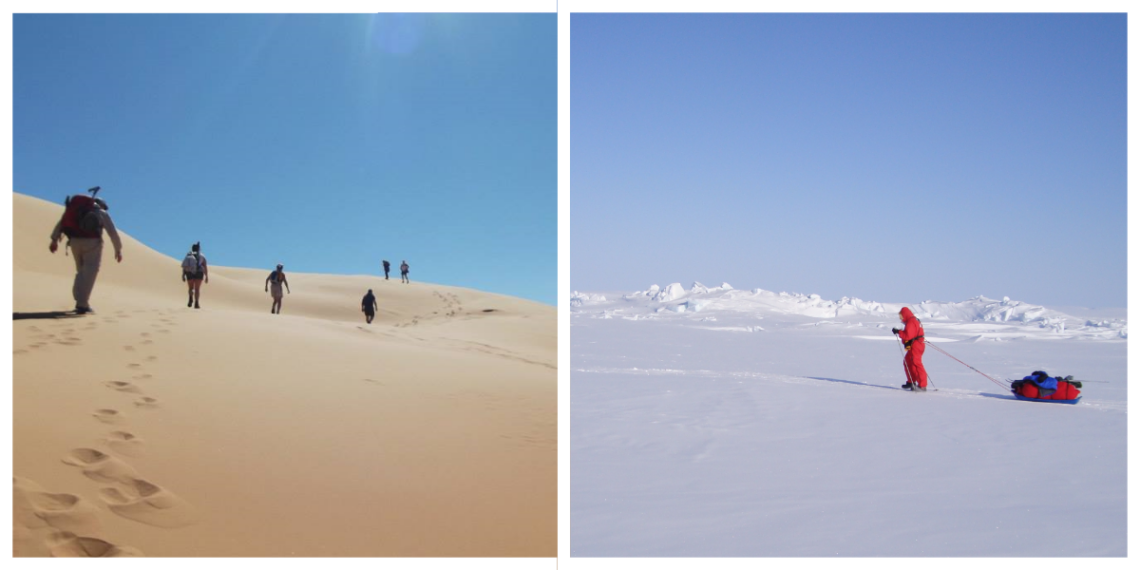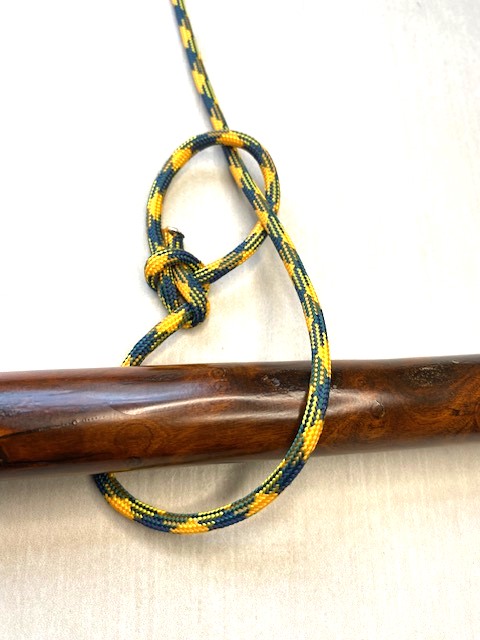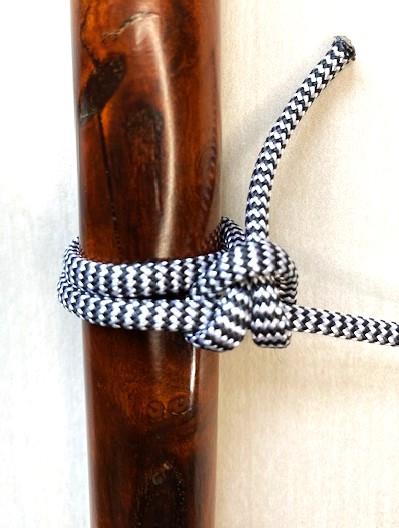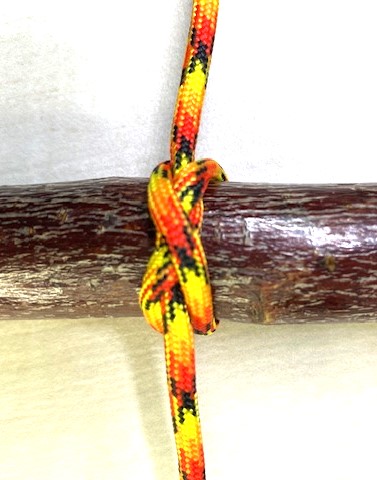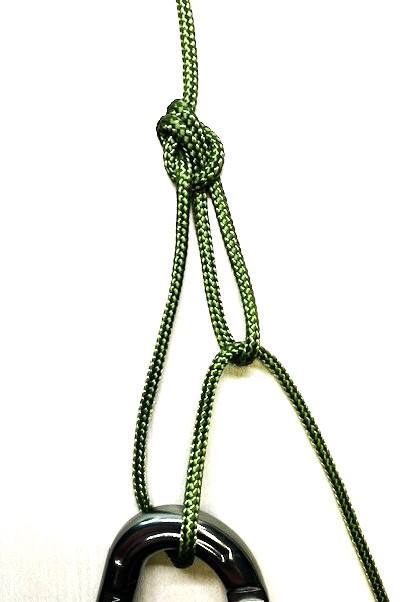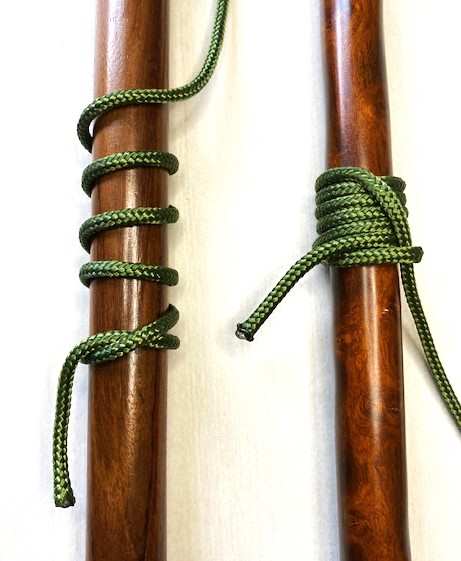-
Indoor Rowing is the Ultimate Full-Body Workout
By incorporating Indoor Rowing into your training regimen, you can prepare your body for a wide range of Adventurous Activities. Indoor rowing is rapidly gaining popularity as one of the most effective full-body workouts. This exercise engages multiple muscle groups, improves cardiovascular health, and offers numerous other benefits that make it a go-to option for fitness enthusiasts of all levels. Welcome to my fitness journey, where I explore the transformative power of indoor rowing. Join me as I dive into the numerous benefits that indoor rowing has to offer, providing valuable insights and practical advice to enhance your workouts and overall fitness. A Remarkable Achievement : Confidence Booster Reflection: On…
-
How to Train and Prepare for a Multi-Day Extreme Trek
‘Head to Toe Fitness’ is crucial for extreme trekking due to the demanding physical and mental challenges involved. On Hiking Trails and during all Outdoor Activities, being well-prepared allows you to handle the rigorous demands, enhancing your safety, enjoyment, and overall experience. Whilst Extreme Trekking you can experience the awe-inspiring beauty and formidable dangers of Mother Nature. She is such a powerful force; from cold of the Arctic to the searing heat of the Desert; from the majestic Mountains and serene Forests to turbulent Storms, Mother nature captivates and Challenges us. Mindset for Endurance and Extreme Trekking Events One key ‘suggestion’ for all types of endurance adventures is to “take…
-
Triumph over the Waves: The Ultimate Guide to Sea Kayaking
Sea Kayaking is a challenging and potentially dangerous endeavour, requiring careful preparation and the right equipment. Among my experiences of sea/touring kayaking include paddling from Dungeness, UK to Boulogne, France both ways and the Great Glen Canoe Trail. Here is my basic kit list for such an adventure: Kayak and Paddles Sea Kayak: A high-quality sea kayak designed for open water, preferably one with a length of 14-18 feet, 22 to 24 inches wide, designed for stability and speed. Day Touring Kayak: An average size is of 12 to 14 feet long and 24 to 28 inches wide. Ideal qualities needed are “easy entry and all-day comfort”. Paddle: A strong…
-
Transform into a Fearless Adventurer: Your Ultimate Guide
Devote yourself to the project not just for the sake of it or even solely for charity, but primarily because it resonates deeply with your own values and aspirations. There’s no time like the present! It’s never too late, and you don’t have to wait like I did. I embarked on my first real wild adventure by walking 650 km to the North Pole at the age of 62. To enhance your quest to become a seasoned adventurer, begin by embracing challenges that are both demanding, unusual and captivating. Engage in endeavors that ignite your passion and curiosity, something you deeply care about. Remember, the journey towards becoming a full-fledged…
-
Triumph Over the North Atlantic Ocean : a Monumental Rowing Adventure
Rowing the North Atlantic is a monumental feat that requires incredible physical and mental endurance. The North Atlantic is known for its challenging weather patterns, strong currents, and unpredictable conditions, making it one of the most demanding bodies of water to cross. On 28th Jan 2016, approaching midnight – I was sitting in my rowing position on the “Toby Wallace”, a light-weight ocean rowing boat; ‘primed and ready for an attempt’ on a world record. Our challenge was to Row across the North Atlantic, setting off from Marina Puerto De Mogan Gran Canaria, 4815Km. / 2992 miles to Port St Charles Barbados faster than anyone before. I was musing !!!! Rowing the Atlantic…
-
Running Bowline: Is a Reliable and Secure Sliding Loop Knot
The Running Bowline is a type of knot that forms a loop that will not slip or bind, and can be easily untied even after being loaded. The Running Bowline knot stands out as a remarkably versatile and dependable knot. Crafted by looping a bowline around its own standing end, it manifests as a robust and adaptable noose. The Running Bowline knot’s strength, versatility, ease of tying, and security make it a valuable tool in numerous outdoor activities, including climbing, sailing, rescue operations, and more. Notably, its ability to slide smoothly allows for easy adjustment, while its simplicity enables quick untying when needed. Tying Guide Preceding the Running Bowline with a half…
-
Round Turn and Two Half-Hitches: Is the Most Reliable Knot for Securing Ropes to Fixed Objects
Round Turn and Two Half-Hitches Knot is exceptionally well-suited for scenarios requiring secure attachment of a line or rope to a fixed object. The initial round turn serves to distribute the load evenly and provides friction against the support, crucial for maintaining tension and preventing slippage. This foundational element allows for the effective tightening of the line. Subsequently, the two half-hitches further fortify the connection, offering additional security by firmly cinching the line in place. This dual half-hitch configuration ensures that the line remains taut and steadfastly anchored, making it an indispensable knot for various applications, particularly in securing mooring lines. Whether fastening a rope to a post, tree, ring,…
-
Constrictor Knot: Reliable Way to Fasten and Bind Objects Together.
The Constrictor Knot is a versatile knot with various applications and benefits. Here are some of its primary uses and benefits: Overall, the Constrictor Knot is a valuable knot to learn for anyone involved in activities such as camping, boating, fishing, hiking, or general DIY tasks, as it offers a secure and reliable way to fasten and bind objects together. #livealifetodiefor #marlowropes #MoreThanMyPast #itsrogerx #official_psychi
-
Trucker’s Hitch: The Ultimate Knot for Secure Loads
The Trucker’s Hitch is a versatile knot often used in camping, sailing, and, as the name suggests, by truckers for securing cargo. Its primary purpose is to create a secure and tight line for securing loads or creating tension in a line. Tying Guide One of the primary uses of the Trucker’s Hitch is to secure cargo on trucks, trailers, or roof racks. It provides a tight and secure hold, preventing items from shifting or falling during transport. Campers and Hikers often use the Trucker’s Hitch to tension guy lines for tents or tarps. It allows for easy adjustment of tension, keeping the shelter taut and stable in windy conditions.…
-
Knut Friction Hitch: Is a Quick Release Secure Friction Knot
Knut Friction Hitch, is a type of binding knot that is designed to grip an object tightly. The Knut Friction Hitch is primarily used for binding objects together, such as bundles of sticks or securing a rope to a pole or post. One of the key features of this knot is its ability to grip tightly around an object. The more tension applied, the tighter the knot becomes, making it suitable for situations where a secure hold is required. The Knut Friction Hitch is resistant to slipping, especially when under tension. This makes it reliable for securing loads or objects that need to be kept in place. While primarily used…
